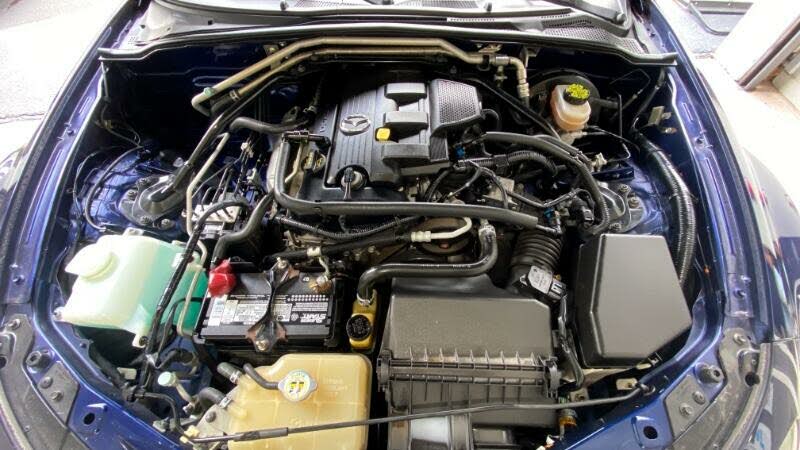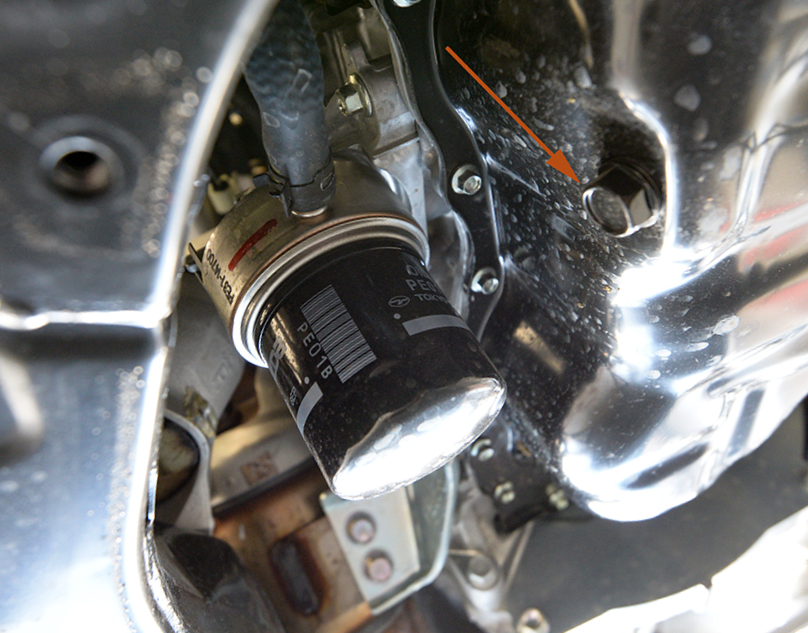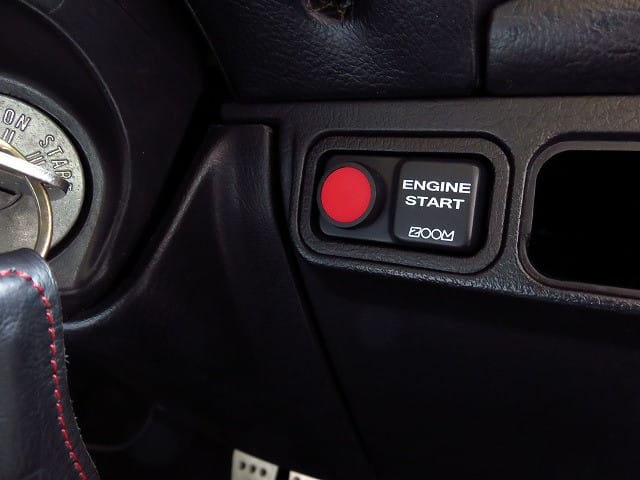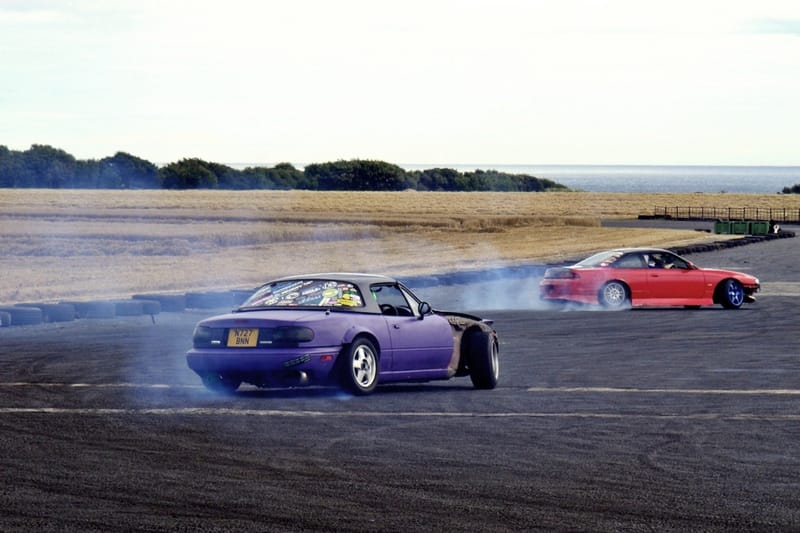NC Miata-Specific Maintenance Schedules
Service by the earlier of time or mileage—fluids age on the calendar. If you do short trips, dusty roads, heat/humidity, traffic, or any track/autocross, follow the Severe schedule.

Pick the earlier of time or mileage, fluids age with time, not just the odometer. Mazda prints separate “Normal” and “Severe” schedules; if you do lots of short trips, dusty roads, extreme heat or humidity, heavy traffic, or any track/autocross, treat your NC as Severe. The 2.0-liter MZR uses a timing chain (so there’s no routine belt replacement for cam timing), but the drive/accessory belt still needs regular inspection and periodic replacement. Everything below is anchored on Mazda’s maintenance charts, with owner-proven tweaks layered in for real-world use.
Quick Facts
Many NCs left the factory with Mazda FL22 long-life coolant. If the radiator cap area is marked “FL22,” the first change is due at 10 years or 120,000 miles, then every 5 years or 60,000 miles after that. If your cap isn’t marked, follow the shorter conventional intervals or convert to FL22 at your next service. Spark plugs are iridium; most owners plan for 60,000 miles under Severe use and up to 75,000 miles in gentler, Normal use. Mazda specifies GL-4 manual transmission fluid for the 5- or 6-speed and hypoid gear oil for the differential; both are replaceable items and many owners shorten the intervals for better shift quality and heat protection. If you have the Power Retractable Hard Top (PRHT), reliability stays high when you periodically clean the mechanism, lube pivots and gears, and keep drains clear, even though these aren’t listed as “replacement” items.
Baseline Service (For Any Newly Bought NC)
Start with a clean slate so you know where you stand. Change the engine oil and filter, replace the manual or automatic transmission fluid and differential oil if history is unknown, flush the brake fluid, and service the coolant after verifying whether the car is on FL22. Replace the engine air filter, cabin filter, and spark plugs if mileage or age suggests. Inspect the accessory belt, all fluids and hoses, look for leaks, test the battery, and finish with a tire inspection and alignment. For PRHT cars, confirm drains are clear, lube the pivots and gear teeth, and condition the seals.

Core Intervals (Normal vs Severe)
Every six months or roughly 5,000–7,500 miles, change the oil and filter, 5,000 miles if your use is Severe and up to 7,500 miles for light, mostly-highway driving. At the same visit, do a quick all-points inspection: tire pressures and tread, lights, wiper condition, washer operation, visible leaks, underbody damage, and remaining brake pad thickness. About once a year or around 15,000 miles, replace the cabin filter if you drive in dusty or urban environments, rotate the tires if you haven’t already, and give the steering and suspension a visual check along with a look at brake and clutch fluid levels.

Two-Year Items
Brake fluid is time-based more than mileage-based, so flush it every two years. That same cadence works well for clutch fluid because it shares the reservoir. PRHT owners should do a thorough clean-and-lube of pivots, gears, slides, and latch points every two years, with lighter touch-ups annually.

Thirty-Thousand-Mile Items
Manual transmission oil and differential oil respond well to a 30,000-mile or roughly two-to-three-year cadence, sooner if you see high temperatures, lots of mountain driving, or track days. You’ll usually feel crisper shifts after fresh GL-4 in the gearbox. The engine air filter commonly needs replacement around 30–35,000 miles, earlier if you run on dusty roads.
Sixty-Thousand-Mile Items
Plan to replace iridium spark plugs at 60,000 miles if you drive hard or in heat, and stretch toward 75,000 miles only if your usage is gentle and the engine is happy. While you’re there, inspect coil boots for cracking or tracking. The accessory belt often reaches the “replace on condition” stage around this mileage; if you see age hardening, glazing, cracking, or noise, fit a new belt and recheck tension after a short shakedown.

Automatic Transmission
The NC automatic uses fluid meeting JWS3309. Follow the factory service table for your model year, but do not hesitate to shorten the interval to the 30,000–60,000-mile range if your use pattern involves heat, heavy traffic, or hilly terrain. Gentle, partial drain-and-fills at shorter intervals are friendlier than pushing for very long gaps.

Fluids, Specs, and Quantities
Match your viscosity to climate for the engine oil using the chart in the owner’s manual, and stick with GL-4 for the manual gearbox to keep the synchros happy. The differential wants the specified hypoid gear oil, and the automatic requires the correct JWS3309 fluid. For coolant, use Mazda Genuine FL22 where appropriate and follow the long-life cadence described earlier. Sticking to the exact specifications pays off in longevity and feel.
PRHT Care (Power Retractable Hard Top)
Keep the mechanism clean and lubricated to prevent squeaks and reduce motor strain. Use an appropriate grease for metal-on-metal pivot points and a silicone-safe product where the guides and plastics need it. Operate the roof periodically to redistribute grease, especially after long periods of storage. Just as important, keep the body drains clear so water doesn’t pool where it shouldn’t.
Items Without Routine Replacement
The timing chain is not a scheduled replacement item on the NC; it is designed to last the life of the engine with proper oil changes. The fuel filter on most NC markets is integrated with the in-tank module and is not called out as a periodic replacement in the standard maintenance tables; if you develop fuel-delivery symptoms, troubleshoot at the pump and module rather than assuming a simple inline filter change.
Track and Autocross Guide
If you drive the car hard, layer a conservative motorsports cadence on top of the factory schedule. Change engine oil every event or 3–4,000 miles, whichever comes first. Start the season with fresh brake fluid and plan another flush mid-season or after any instance of pedal fade. Replace manual transmission and differential oil every 15–30,000 miles depending on heat and event count. Inspect the plugs and engine air filter each season so small issues don’t balloon into missed sessions.
Owner-Proven Tweaks for Longevity
The single biggest rule is to use the exact fluid specifications Mazda calls for; GL-4 in the manual transmission isn’t optional if you care about synchros. In hot and humid climates, shorten oil, gearbox, and differential intervals and hold the line on a two-year brake-fluid flush. When you do your first major cooling-system service on an older car, treat hoses and the expansion tank as consumables and replace anything that looks tired. Little preventative moves like these save you money and headaches later.
This schedule blends Mazda’s printed maintenance charts and owner’s-manual specifications with long-running community experience on NC-specific pain points like PRHT care, plastic cooling parts, and gearbox fluid preferences. If you’re writing for a specific market, always cross-check your exact model year booklet for any small table differences, then present the Severe schedule as your default recommendation for readers in hot, humid, or stop-and-go environments.




